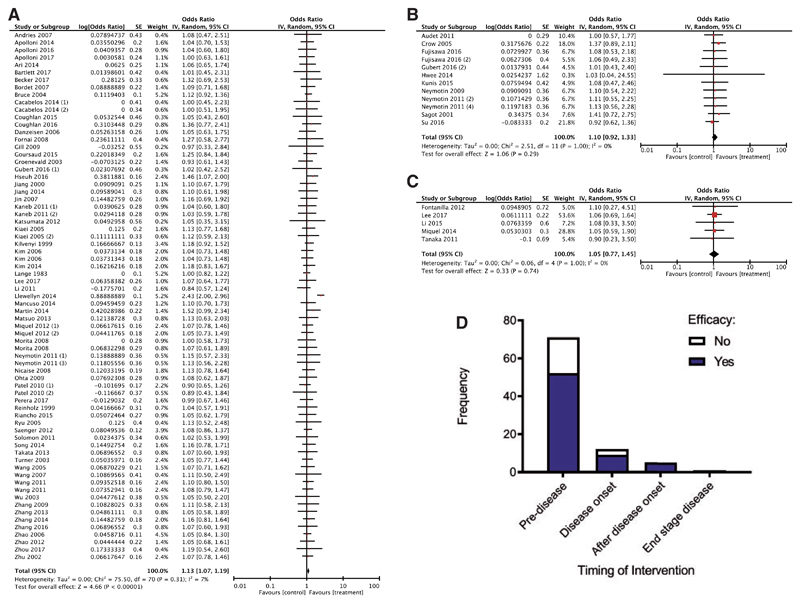Figure 3. The majority of studies are conducted at early time points and show that with early interventions there is a statistically significant improvement in survival.
Forest plots showing the odds ratio and confidence intervals calculated from survival summary data from each study, weighted by study size. Overall effect estimate is demonstrated (with 95% confidence intervals) as a black diamond at the bottom of the graph. Heterogeneity is displayed as an I2 value. (A) Interventions delivered pre-symptom onset; (B) at symptom onset and (C) after symptom onset. (D) Stacked frequency histogram illustrating the number of studies demonstrating efficacy (blue) as a proportion of the total number of studies (remaining white bar), divided into categories depending on timing of administered intervention. Results demonstrate an overall statistically significant effect favouring the targeting of mitochondrial pathways early in ALS (A); however, there is no difference in likelihood of demonstrating efficacy depending on timing of intervention (D), implying that there are too few studies conducted at later time points (two-way ANOVA, P > 0.05).

